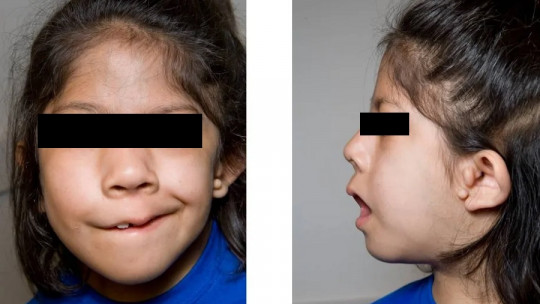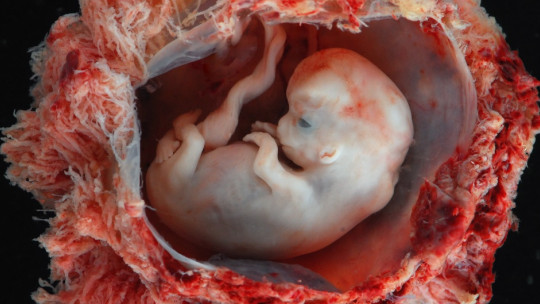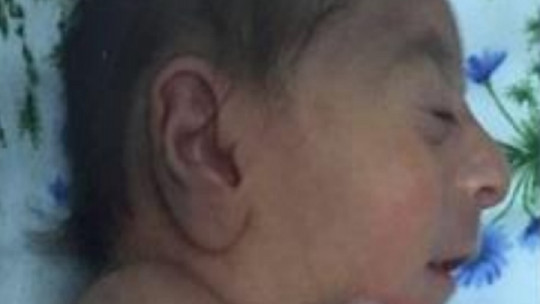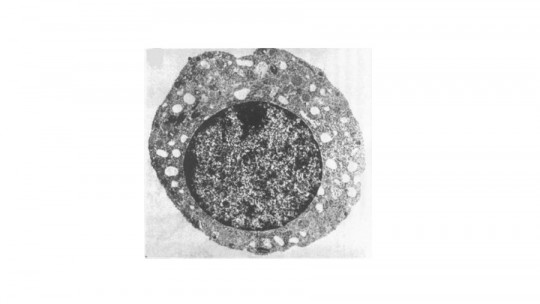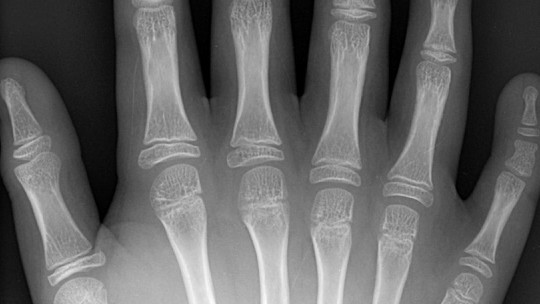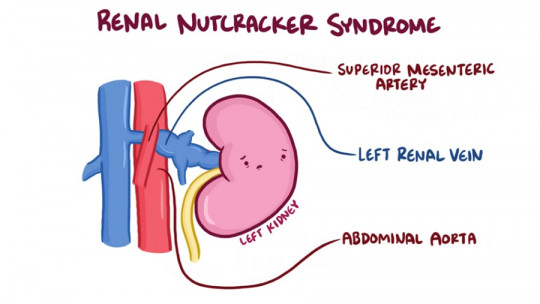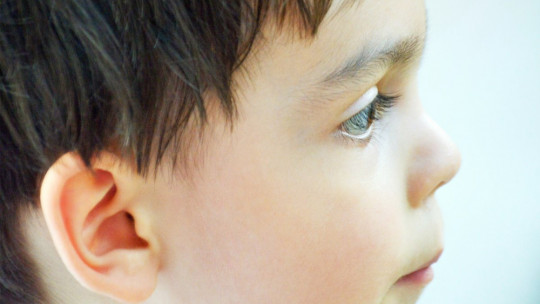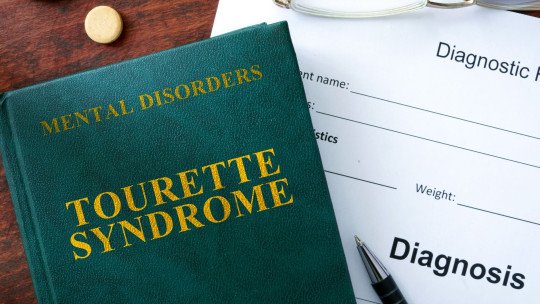Goldenhar syndrome is a rare medical condition in which the patient suffers malformations in various parts of the body, especially in the external ear, face and neck vertebrae.
The causes are not exactly known, but it is believed to be due to an interaction of environmental and genetic factors, and the degree of severity is highly variable. Let’s see below what this rare disease entails.
What is Goldenhar syndrome?
Goldenhar syndrome, also called facio-auriculo-vertebral or oculo-auriculo-vertebral dysplasia, is a very rare medical condition in which several malformations occur These arise due to problems during fetal development, specifically in the first and second brachial arches, structures which will form the neck and head in the fully developed baby.
Among the main malformations present in the syndrome we find a clear asymmetry of the face, as well as problems in the eyes, ears and spine. The degrees of deformation are very variable from affected to affected, there are cases in which either they have a very poorly formed ear, or there is none at all. Benign tumors in the eye and abnormalities in the spine can also occur.
It doesn’t only affect the face. Patients may have heart, lung and kidney problems, as well as alterations in the central nervous system The cause of the disease continues to be investigated, although it points to an interaction between genetics and environment. Treatment is variable, depending on age, the severity of the case and whether you have received the relevant operations previously.
Goldenhar syndrome It is part of the group of hemifacial microsomia diseases , medical conditions in which alterations occur in the face and associated structures. It is not yet known if the diseases classified within these groups are all different conditions or if they would be part of the same pathological spectrum, in which there would be a different degree of severity.
Symptoms
This syndrome presents different degrees of severity, although it should be said that in the mildest cases the symptoms and signs can be considered highly disabling. The symptoms already occur from birth, and it is on the list of medical conditions that can cause deafblindness Between 70% and 90% of cases only have involvement on one side of the face (unilateral involvement), with the right side usually being the most affected, accounting for approximately 60% of cases.
Among the symptoms of Goldenhar syndrome we can find all types of malformations, especially on the face. In practically all cases, malformations occur in the external ears, which can involve the following symptoms:
As we were already commenting, In this syndrome there is asymmetry between the two sides of the face , this being usually due to poor development of a part of it. The defects that can be found in the malformed part of the face are:
In the eyes, apart from cysts, other malformations can occur Among which we can find:
Alterations occur in the vertebrae, mainly in the cervical ones The following conditions may occur:
But although this syndrome is also known as facio-auriculo-vertebral dysplasia, it does not mean that there can only be alterations in the face, ears and vertebrae. Deformations can be found in the entire skull, such as having a very small head and encephalocele , that is, a brain deformation in which the cranial lining and protective fluid are left outside, forming a protuberance of a different size. Due to this, between 5% and 15% of cases present intellectual disability.
In addition, there may be damage to other parts of the body, such as abnormalities in the lungs, kidneys, and heart. Among cardiac anomalies we mainly find ventricular septal defects and tetralogy of Fallot. There may also be deformities in the bones of the extremities, involving problems such as club feet, anomalies in the arms and fingers.
- You may be interested: “Stromme syndrome: symptoms, causes and treatments”
Possible causes
It is estimated that The incidence of this syndrome is 1 in every 25,000 live births , although the genetic disorder associated with this condition that appears sporadically occurs in 1 in every 3,500-5,000 births. It mainly affects men, with a V/M ratio of 3/2.
It is not known exactly what the cause of Goldenhar syndrome is, but in the cases that have been described in the literature, several factors have been proposed, grouped into four: environmental, hereditary, multifactorial and unknown, this fourth and last group being the label where most cases are found.
Environmental causes
Among the environmental causes, it has been proposed, as the main one, the use of medications during pregnancy that contain teratogenic agents , that is, they induce malformations in the fetus. Among them would be:
- Ibuprofen.
- Aspirin.
- Ephedrine.
- Tamoxifen.
- Thalidomide.
- Retinoids.
- Mycophenolate.
It should be noted that ibuprofen, aspirin and ephedrine, although it has been suggested that they could have something to do with the appearance of the syndrome, recent studies indicate that this does not have to be the case. As for thalidomide, its action as an agent inducing congenital malformations is well known of thousands of newborns between the decades of the fifties and sixties.
Another environmental cause is drug use during pregnancy, especially cocaine The possibility of presenting Goldenhar syndrome has also been linked if the mother has been exposed to insecticides and herbicides during pregnancy.
Other environmental factors, in this case not associated with substances, are whether the mother has diabetes mellitus, has had multiple pregnancies or has resorted to assisted reproduction.
- You may be interested: “Differences between DNA and RNA”
Genetic causes
In most cases, the appearance of the syndrome is sporadic This means that no other cases have been recorded in the family. However, the possibility has been raised that there are genetic alterations that lead to the appearance of the syndrome, especially anomalies in chromosome 14.
Between 1% and 2% have the syndrome through autosomal dominant inheritance although there are rare cases in which inheritance is autosomal recessive.
Inherited cases are more common when the syndrome affects both sides of the face. Deafness, oral anomalies, and ocular dermoid cysts usually occur in sporadic cases.
Cases in which the cause is solely genetic or solely environmental are rare. In most cases there must be an interaction between both factors, although, as we had previously commented, in most cases the exact cause is unknown for the specific case.
Diagnosis
There is a possibility of trying to diagnose this condition before the baby is born. For it fetal ultrasound, nuclear magnetic resonance and genetic studies are used However, in many cases the diagnosis is established once the baby is born, since it is much easier to observe the facial involvement with the naked eye.
Although the impact is very variable, In most cases there are combinations of symptoms, which are not discrete at all , involving facial asymmetry, mandibular hypoplasia and preauricular appendages, in addition to small ears and dermoid cysts in the eyes. The presence of abnormalities in the ears is considered necessary for diagnosis.
Treatment
Goldenhar syndrome has no cure. The treatment focuses on increasing the well-being of the sufferer, in addition to opting for the most appropriate corrective measures to make sure you can perform everyday tasks, especially focused on improving vision and hearing. Treatment depends on age, especially how the affected bones grow and form.
Professionals recommend taking a series of preventive measures to avoid other associated medical problems, plan treatment and know if there is a risk of another person being born with the syndrome.
Among these measures, the most important is to take a detailed history of the pregnancy, in order to know if there is maternal diabetes mellitus, bleeding during pregnancy, multiple gestation or if assisted reproduction was used. It is also important to know if the mother has been exposed to teratogenic agents or has used drugs, especially cocaine.
Another good measure is to do a family history of at least three generations, paying special attention to family members who may have had some type of malformation It is very important to know if there have been cases of facial asymmetry, ear malformations, deafness, heart or vertebrae problems, no matter how mild these conditions may seem.
As for the newborn, It is advisable to perform a complete physical examination and perform a karyotype study Tests should also be performed to see hearing, combined with x-rays of the spine, echocardiogram and cervical renal ultrasound, as well as computed tomography of the temporal bone, one of the cranial areas where there is usually involvement. This is especially advisable to do after five years.
Given the large number of symptoms, and that these affect various parts of the body, it is important that affected children be observed by several specialists. Among those that cannot be missed we have:
- Genetic doctors.
- Plastic surgeons specialized in cranial malformations.
- Otorhinolaryngologists.
- Oculists.
- Dermatologists.
- Dentists and orthodontists.
In newborns, respiratory and nutritional support is necessary in case there are malformations , especially in the mouth, which make breathing and swallowing difficult. Defects in the jaw are corrected with surgical interventions. The external ear is reconstructed and the cheeks are filled to give greater symmetry to the face.
Forecast
Depending on the malformations presented by the baby with Goldenhar syndrome, the prognosis is very variable
Surprisingly, the majority of children diagnosed with this syndrome have a normal life expectancy, but this is especially the case if the malformations do not seriously affect the individual’s organs or systems. If the patient lacks an internal organ, a rare but still present symptom in this syndrome, and which usually results in problems with the heart, kidneys or central nervous system, the prognosis is usually less favorable.
- González Calvete, Laura, Ramos Pérez, Alfonso, Lozano Losada, Sara, Salazar Méndez, Raquel, & López Quintana, Calixto. (2016). Goldenhar syndrome: about a case. Pediatrics Primary Care, 18(69), 49-53. Retrieved on March 2, 2020, from http://scielo.isciii.es/scielo.php?script=sci_arttext&pid=S1139-76322016000100010&lng=es&tlng=es.
- Touliatou V, Fryssira H, Mavrou A, Kanavakis E, Kitsiou-Tzeli S (2006). Clinical manifestations in 17 Greek patients with Goldenhar syndrome. Genet. Couns. 17 (3): 359–70. PMID 17100205
- Kokavec, R (2006). “Goldenhar syndrome with various clinical manifestations”. The Cleft Palate-Craniofacial Journal. 43 (5): 628–34. doi:10.1597/05-094

